- Home
- About Us
- Products
-
Heat-Pump Dehumidifier DeAir
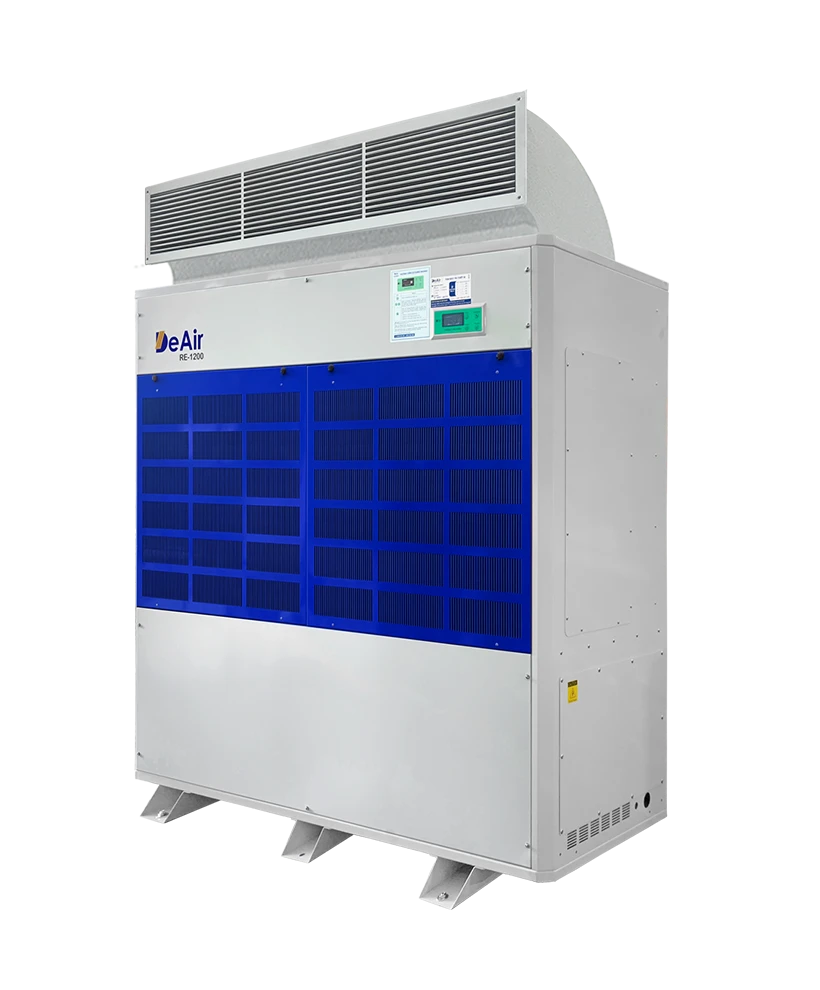 DeAir.RE
DeAir.RE -
Heat-Pump Dryer DeAir.RE-H
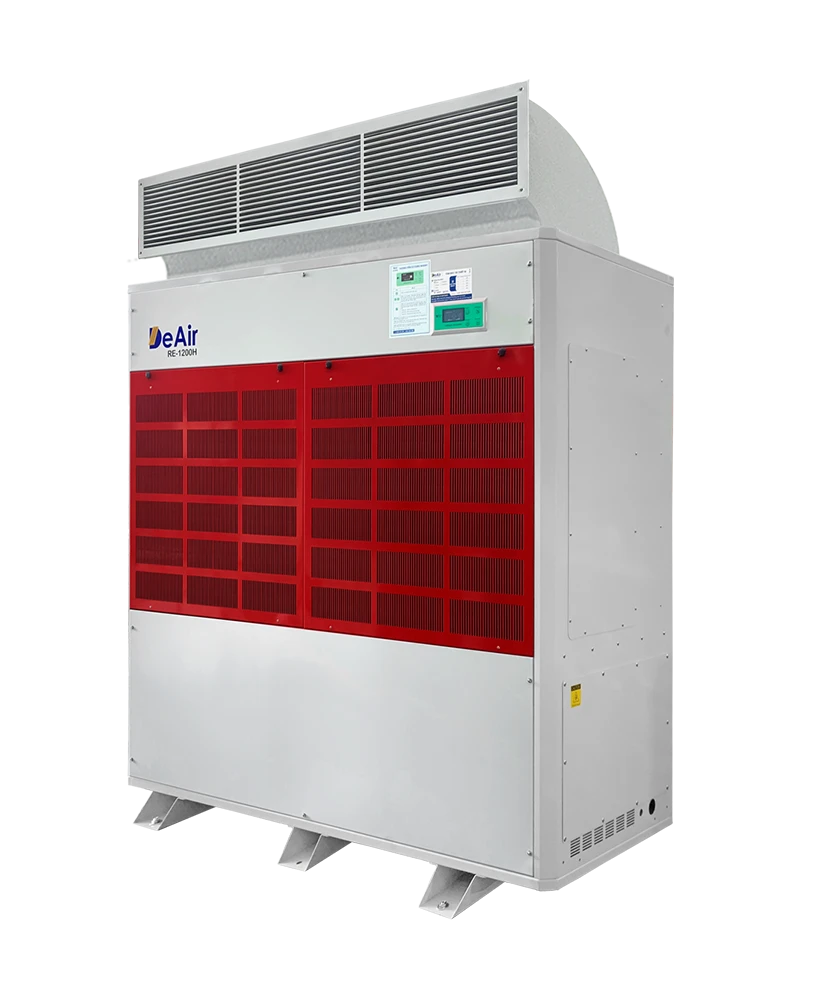 DeAir.RE-H
DeAir.RE-H -
Heat-Pump Stainless Steel Dehumidifier
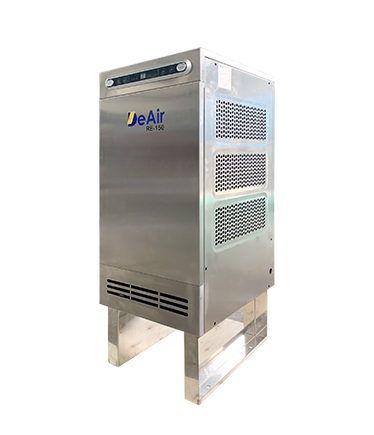 DeAir.RE-INOX
DeAir.RE-INOX -
Heat-Pump Isothermal Dehumidifier DeAir.CRE
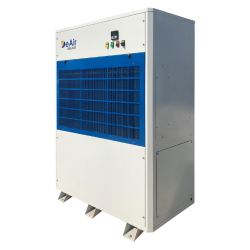 DeAir.CRE
DeAir.CRE -
Dezenno Dehumidifier
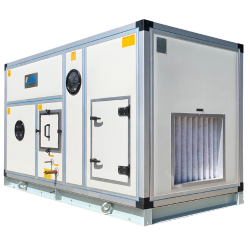 Dezenno
Dezenno -
Heat-Pump Ceiling Mounted Dehumidifier DeAir
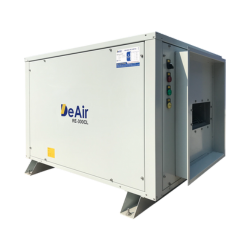 DeAir.RE-CL
DeAir.RE-CL -
Dehumidifier Olmas
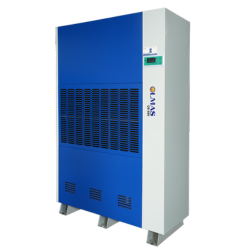 Olmas-OS
Olmas-OS -
Industrial Humidifier DeAir
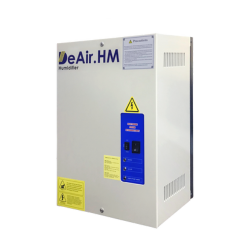 DeAir.HM
DeAir.HM -
Heat-Pump Dryer Daxwell
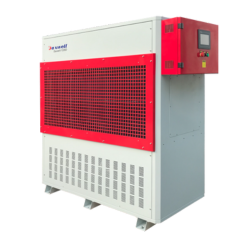 Daxwell
Daxwell -
Electric Duct Heater DeAir
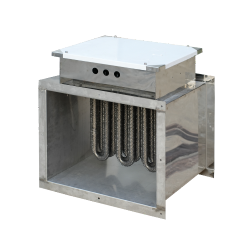 DeAir.Heat
DeAir.Heat -
Air Handling Unit Dezenno.MAX
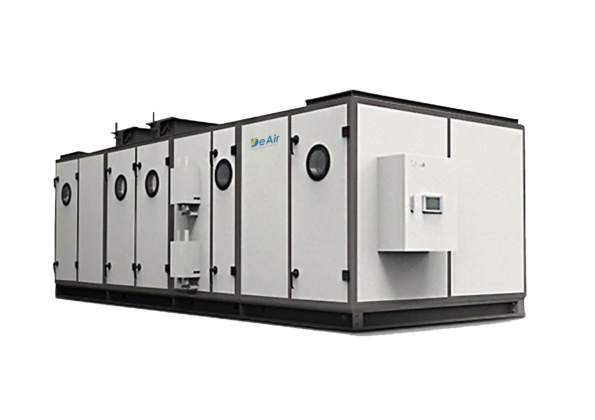 AHU
AHU
-
- Services
- Projects
- Warranty – Maintenance
- News
- Contact
Integrating Dehumidifiers into BMS & IoT Systems: The Trend of Smart Environmental Control
24/09/2025
Table of Contents
Industry 4.0: Why Are BMS & IoT Systems the Future of Every Factory?
In the era of the smart factory, managing and operating mechanical and electrical systems in isolation is no longer effective. The inevitable trend is to integrate all devices into a centralized management system. In this setup, the BMS (Building Management System) acts as the central "brain" of the building/factory, while IoT (Internet of Things) serves as the "nervous system" connecting everything, allowing all devices to "communicate" with each other. According to technology experts, applying IoT in HVAC systems can reduce energy and maintenance costs by up to 40%. This combination offers superior power: centralized control, 24/7 monitoring, energy optimization, predictive maintenance, and real-time data analysis.
Beyond "On/Off": The Role of Dehumidifiers in a Smart Ecosystem
Previously, operating industrial dehumidifiers was often an independent and manual task, leading to many inefficiencies: wasted manpower for turning units on/off, difficulty in monitoring operational status, and an inability to react promptly to environmental changes. In a smart factory, a dehumidifier is no longer a standalone device but a smart "network node" capable of communication and remote dehumidifier control.
Traditional System vs. BMS/IoT Integrated System
❌ Traditional System
On-site operation, manual checks, delayed fault detection, energy wastage.
✅ BMS Integrated System
Remote control, 24/7 online humidity monitoring, instant fault alerts, energy optimization.
DeAir Pioneers BMS & IoT Integration: A Real-World Case Study
DeAir not only discusses trends but has also successfully implemented them for many clients. The video below is a real-world demonstration of a DeAir humidity control system for a lab, allowing the manager to monitor and control the entire system from a single computer screen.
Through the intuitive control interface, operators can:
- Monitor the exact real-time temperature and humidity in the room.
- Turn the equipment on/off from anywhere with a single click.
- Set desired humidity thresholds for each specific area.
- Receive immediate alerts in case of a malfunction or when parameters exceed safe limits.

Superior Benefits of Integrating DeAir Dehumidifiers
- Energy Efficiency Optimization: The BMS system can automatically turn the dehumidifier on or off based on the production schedule or actual humidity readings, avoiding energy waste when not needed.
- 24/7 Product Quality Assurance: Continuous monitoring ensures the production/storage environment always meets the required standards. Any deviation is alerted immediately, allowing for timely intervention before damage occurs.
- Reduced Operating Costs: Eliminates the need for staff to perform manual checks. Predictive maintenance features can provide early warnings of equipment issues, preventing major breakdowns.
- Reporting & Data Traceability: The system can log a history of operations, temperature, and humidity. This data is crucial for quality control, audits, and compliance with standards like GMP.
Frequently Asked Questions (FAQ)
1. Can a BMS system be integrated with older dehumidifiers?
Integration depends on the design of the old unit's electrical cabinet and control system. However, as a manufacturer, DeAir can survey and propose an upgrade plan, installing the necessary control modules to enable your existing dehumidifier to "communicate" with the BMS.
2. Is this integration process complex and expensive?
With new-generation DeAir dehumidifiers, integration is pre-engineered and relatively simple via standard communication ports. The cost of integration is a very small investment compared to the significant long-term benefits in energy savings, reduced labor costs, and quality assurance.
CONTACT US FOR A CONSULTATION AND QUOTE
DeAir's team of experts is ready to conduct a site survey and provide the most optimal and cost-effective humidity control solution for your needs.
DEAIR JOINT STOCK COMPANY
Email: operation@deair.com.vn
Hotline: 0925 977 579 (Ms. Tam) | 0914 205 850 (Ms. Hoa)
Website: deair.com.vn
Sign up for news from DeAir
Related news






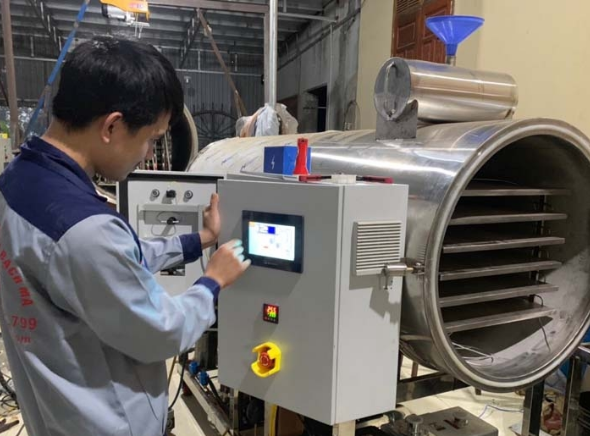



![[Case Study] DeAir Installs DeAir.De Rotor Humidity Control System for Pharmaceutical Plant in Binh Duong [Case Study] DeAir Installs DeAir.De Rotor Humidity Control System for Pharmaceutical Plant in Binh Duong](https://deair.com.vn/thumbs/news/2023_04/ban_giao_may_cho_duoc_bd/[270x153-cr]image1-1024x772.jpg__cv.webp)

![[Review & Guide] Olmas OS-300: The New Humidity Control "Warrior" for Medium to Large Warehouses [Review & Guide] Olmas OS-300: The New Humidity Control "Warrior" for Medium to Large Warehouses](https://deair.com.vn/thumbs/news/huong_dan_su_dung_may_olmas_21/[270x153-cr]vtm06440.png)